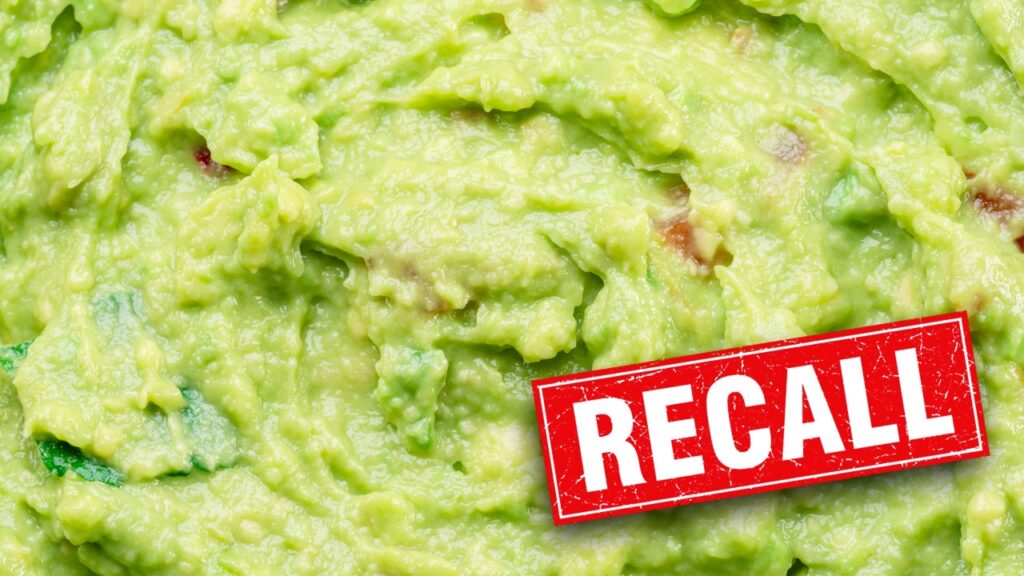:max_bytes(150000):strip_icc():format(jpeg)/INV_TypesofReverseMortgages_GettyImages-141269932-4c4e455a97fd45738bc2569b107f778d.jpg)
What Is a Reverse Mortgage?
A reverse mortgage allows homeowners age 62 or older to borrow money using the equity in their homes as collateral. The loan typically doesn’t have to be paid back until the homeowner dies, moves out, or sells the home. There are three basic types of reverse mortgage loans available to homeowners: single-purpose, federally insured, and proprietary. This article explains how they compare.
Key Takeaways
- Reverse mortgages can provide homeowners age 62 and older with income based on the equity in their homes.
- They don’t have to be paid back until the homeowner dies, moves out, or sells.
- The three types of reverse mortgage loans are single-purpose, federally insured, and proprietary.
- Single-purpose reverse mortgages, which are offered by some government and nonprofit agencies, are the cheapest but least common form of reverse mortgage.
- Home equity conversion mortgages (HECMs) are federally insured loans backed by the U.S. Department of Housing and Urban Development (HUD) and are the most common type.
- Proprietary reverse mortgages are offered by private lenders to homeowners who qualify to borrow more than the limit on HECMs.
Single-Purpose Reverse Mortgages
Single-purpose reverse mortgages are offered by some state and local governments and nonprofit agencies. They are the least expensive option for a reverse mortgage loan, partly because they’re backed by the government or the nonprofit. As such, homeowners can expect to pay less in interest and fees for a single-purpose reverse mortgage than for a home equity conversion mortgage (HECM) or a proprietary reverse mortgage.
This kind of loan is the least common among the three types and isn’t available in every state. It works somewhat differently from the other types, which can be used for any purpose. Single-purpose reverse mortgage lenders restrict how the proceeds can be used, such as necessary repairs to the home or to pay property taxes.
Like other reverse mortgages, single-purpose reverse mortgages don’t have to be repaid until the home’s ownership changes, the borrower moves to a different primary residence, or the borrower passes away. These loans also become due if borrowers stop maintaining homeowners insurance on the property or if the city condemns the property.
Home Equity Conversion Mortgages (HECMs)
Home equity conversion mortgages (HECMs) are backed by the federal government. It is the most widely used reverse mortgage and can be used for any reason. However, it is likely to be more expensive than a traditional home loan, including high up-front costs.
Counseling is required before applying. This is meant to ensure that the homeowner is fully aware of the costs, payment options, and responsibilities involved. Interested parties are also informed about any nonprofit or government-issued alternatives for which they might be eligible. There is usually a charge for the counseling session, which can be paid from the loan proceeds.
After the counseling session, you will find out how much you can borrow with a HECM. Your age, the value of your home, and current interest rates determine the amount. Those who are older and have higher equity will be able to get more money.
Once the loan is approved, you can choose among several payment options:
- A term option that provides monthly cash advances for a specific time.
- A tenure option that pays monthly advances for as long as the home is your primary residence.
- A credit line that lets you draw from the account at any time, or a combination of a credit line coupled with monthly payments.
You can change your payment option for a low fee if your situation changes over time.
Proprietary Reverse Mortgages
Proprietary reverse mortgages are issued by private lenders without government backing. They can benefit homeowners whose homes are appraised at higher values and who want to borrow more money than they could with a HECM. The lending limit on HECMs is currently $1,149,825.
Counseling is sometimes required before applying, which can help provide a comparison of the costs and benefits of a proprietary loan vs. a HECM. Payment works the same way as with a HECM, which means that you can choose a lump sum or a series of monthly payments.
Because proprietary reverse mortgages are not federally insured, they do not have up-front or monthly mortgage insurance premiums (MIPs), unlike HECMs. While that can represent a cost saving, whether a proprietary mortgage will be a better deal will depend on its interest rate and upfront costs.
How Much Equity Do You Need to Get a Reverse Mortgage?
As a general rule, you’ll need at least 50% equity in your home to qualify for a reverse mortgage?
What Happens to My Reverse Mortgage After I Die?
Your reverse mortgage becomes due after your death. Your heirs can either pay it off from their own funds or sell the home to pay it off. Otherwise the lender can sell it to recoup its money.
Which Reverse Mortgage Option Is Best for You?
If you need a fixed amount for a specific repair or a tax bill, then a single-purpose reverse mortgage is the cheapest option if you can find one. If you have a high-value property and want more than the HECM limit, a proprietary reverse mortgage could be appropriate. Otherwise a HECM is most likely your best option.
Can a Home With a Reverse Mortgage Go Into Foreclosure?
Yes. A home with a reverse mortgage can be foreclosed on if the homeowner moves out. Even if they are still in the home, it can be foreclosed on if they don’t keep the property in good repair or if they fail to pay their homeowners insurance premiums or property taxes.
The Bottom Line
Reverse mortgages can be an option for homeowners who wish to tap the equity in their home without selling it moving out. However, they can be expensive, and you may have other options, such as a home equity loan or home equity line of credit, which are worth exploring before you commit to anything.



